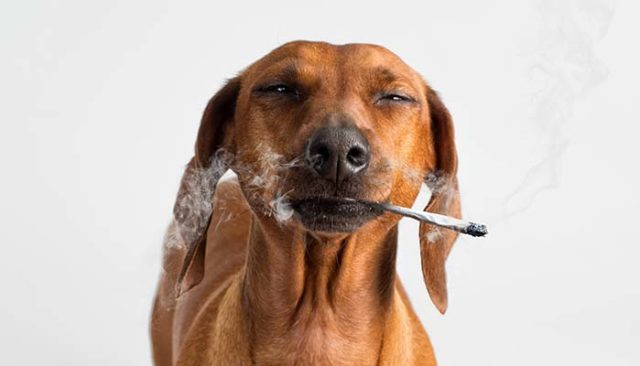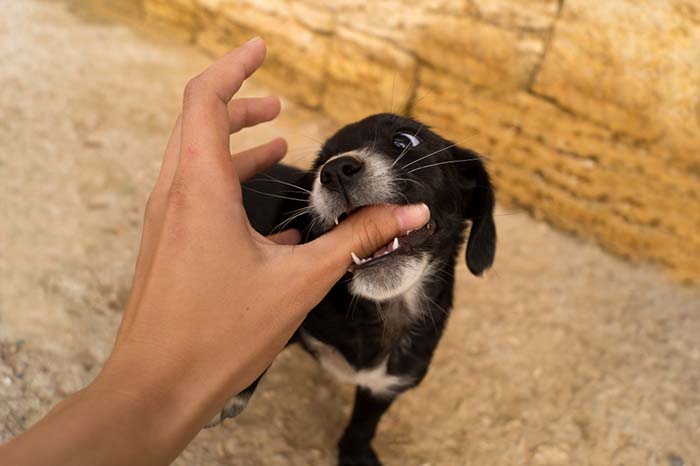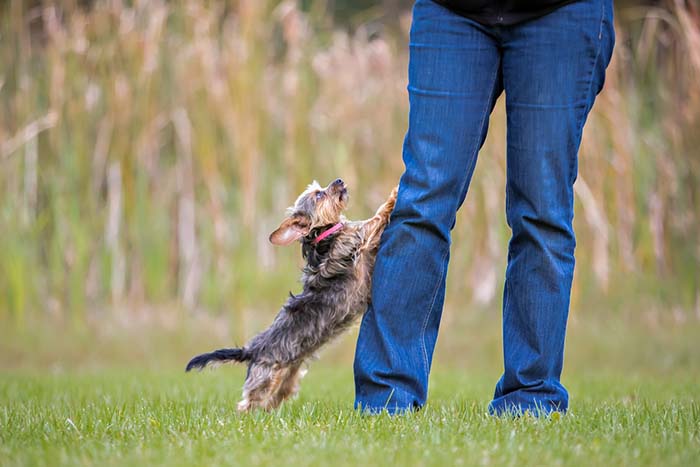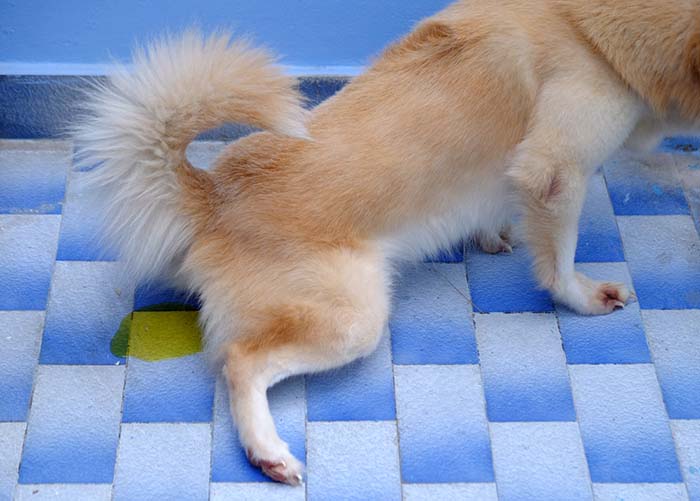
It’s in our best interest for pet owners to begin raising a well-mannered dog early on, and the process begins with recognizing bad dog habits that must be stopped.
Table of Contents
It's no secret that caring for a dog isn't always a bed of roses – you need to pour time and energy into raising a good, well-behaved, and well-mannered canine companion.
So here are the seven most common doggy habits that you have to watch out for in your puppy so that they do not develop into bad behavior as your pooch ages.
Curb These Dog Habits At Once!
1. Chewing Objects That Should Be Left Alone
Every dog goes through a normal chewing phase because this is part of exploring and learning what's around them.
It's also a way for puppies to relieve themselves when their teeth are developing, just like teething in human babies. However, chewing can become a destructive behavior in older dogs and cause serious issues for pet owners.
According to veterinarians at the American Society for the Prevention of Cruelty to Animals, this often signals separation anxiety, stress, frustration, and boredom in the dog due to lack of mental stimulation.
Canines need to get plenty of regular physical exercise and playtime so that this very common dog habit won’t become a problem both for the pet and the owner. Remember that dogs that have done damage shouldn't be scolded or spanked, as this will only reinforce the behavior; redirection and reinforcement should be used instead.
2. Bolting Out The Door Without Permission
Many dogs become exceptional escape artists and this behavior could be dangerous because it raises the risk of the dog getting lost, injuring himself or running into other dogs (or other animals) in the neighborhood.
Escaping is also an indication of a lack of mental stimulation and/or physical exercise at home.
To curb this bad dog habit, provide your pooch with enough (new) toys and devote time to interact with your Fido.
Keep entry points secure to ensure that dogs can't escape the main door, climb over fences, or dig under the ground.
Get your dog microchipped as well, just in case he could actually get out of your property and wander off.
3. Biting And Nipping Everyone and Everything
It's common for puppies to bite and nip during their weaning phase, but beyond this, the behavior could lead to aggression and related behavioral issues.
When your older dog bites or nips, it could be a sign of anxiety or fear, or an actual physical condition, such as a painful leg or foot.
According to the National Council on Pet Population Study and Policy, it's one of the most common bad dog behaviors we see; some owners end up giving up their dogs to shelters if they can't control the biting problem.
But before you do something drastic, such as giving away your family member, bring your canine to the vet for a proper assessment.
You might also want to consider hiring a dog trainer to help curb the growing aggression.
4. Incessantly Barking Way Too Much
While barking is absolutely natural in dogs, your pooch barking too often and for no apparent reason can be an inconvenience that will have even your neighbors come knocking at your door to complain about the noise.
If your dog's barking is uncontrollable, figure out what's triggering the stimuli. Is he hungry, thirsty, or stressed? Is there an injury or other health-related issue that's bothering him?
Take the time to understand the source of the bark and address it as soon as possible. If your pet's barking is stress-related, you have to redirect this behavior and energy with stimulating activities like toys, playtime, or the many other ways that work particularly well for hyperactive and very loud dogs.
5. Jumping Up On People
Does your dog excitedly jump at you when you get home? While it's heartwarming to see his enthusiasm, you have to teach your canine companion to subside this behavior so that he won't do it to other people.
The dog could end up hurting someone, particularly small kids, or startle your guests, who might otherwise not want dogs jumping on them.
To fix your dog's jumping problem, avoid greeting your pet enthusiastically when you get home. Be calm and stern about not allowing your dogs to jump on you, unless you gave the cue and invite your dog's jumps.
6. Begging For Food
It's the first bad doggy habit all pet owners immediately recognize. Dogs have insatiable appetites and will always beg for food if they see you eating.
To stop them from begging, don't encourage the behavior by giving into your dog's eyes; redirect it instead.
Apart from saying a solid “No” to those sad eyes, do not give your pet any food when you're eating at the table. Instead, set a few nibbles on his bowl to train him that this is always how he should eat.
7. Soiling On Your Couch, Or Bed, Or…
It's normal for young puppies to do this, and all pet owners will start by using pee pads to train the dog.
Sometimes, however, the bad habit comes back.
It's not hygienic and inappropriate for dogs to urinate or defecate on your couch or bed but ruling out a medical issue, your dog might be experiencing anxiety or demonstrating the attention-seeking behavior.
It also happens because the dog hasn't been trained and housebroken properly.
A visit to the vet may be warranted to spay or neuter your dog if you haven't done so already.
Following this, you have to monitor his food and water intake, as well as the times he usually relieves himself.
If you can anticipate this, then you can walk your dog for his pee breaks at a specific time every day so he doesn’t have to do it on your things.
READ NEXT: Why Your Dog Digs and How to Stop This Behavior
Pin and share with other dog owners:




















